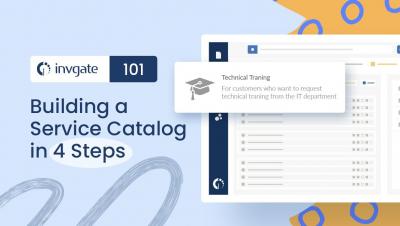ITIL Service Transition, Explained
ITIL Service transition is the third stage of the service lifecycle. It involves transitioning the services that were created and developed in strategy and design – first and second stage of the cycle – into the production environment effectively, efficiently, and safely. This stage deals with everything from preparing for change to documenting the components of the asset that make up the service to creating knowledge articles for support teams and end users.











